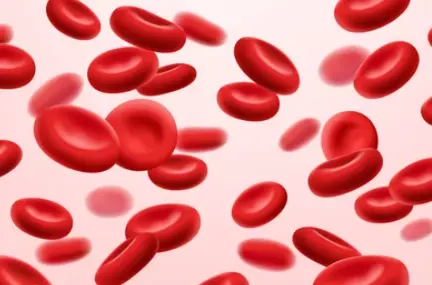 Welcome
Welcome
“May all be happy, may all be healed, may all be at peace and may no one ever suffer."
Trench fever - Generics
Trench fever is a bacterial infection caused by the bacterium Bartonella quintana, which is transmitted to humans by body lice. It is a rare disease that is more commonly associated with wartime conditions, such as the trench warfare of World War I, where it was first identified.
Symptoms of trench fever typically include fever, severe headache, muscle and joint pain, and a rash that usually appears on the trunk of the body. The symptoms can be quite severe, but the infection is usually self-limiting and resolves on its own within a few weeks or months.
Diagnosis of trench fever is typically based on the patient's symptoms, medical history, and the presence of the bacteria in the blood. Treatment usually involves the use of antibiotics, such as doxycycline or azithromycin, to help clear the infection. Pain relievers, such as acetaminophen or ibuprofen, may also be used to help manage the symptoms.
Prevention of trench fever involves good hygiene practices, such as regular bathing and changing of clothes, and the use of insecticides and lice control measures to prevent the spread of body lice. It is also important to avoid contact with people who have active infections to prevent the spread of the disease.

Lacerations

Pernicious anemia

Rheumatic fever

Pneumococcal disease

Gum disease

Colonoscopy preparation

Candidiasis

Oliguric phase of renal f...
Trench fever, ট্রেঞ্চ জ্বর
To be happy, beautiful, healthy, wealthy, hale and long-lived stay with DM3S.